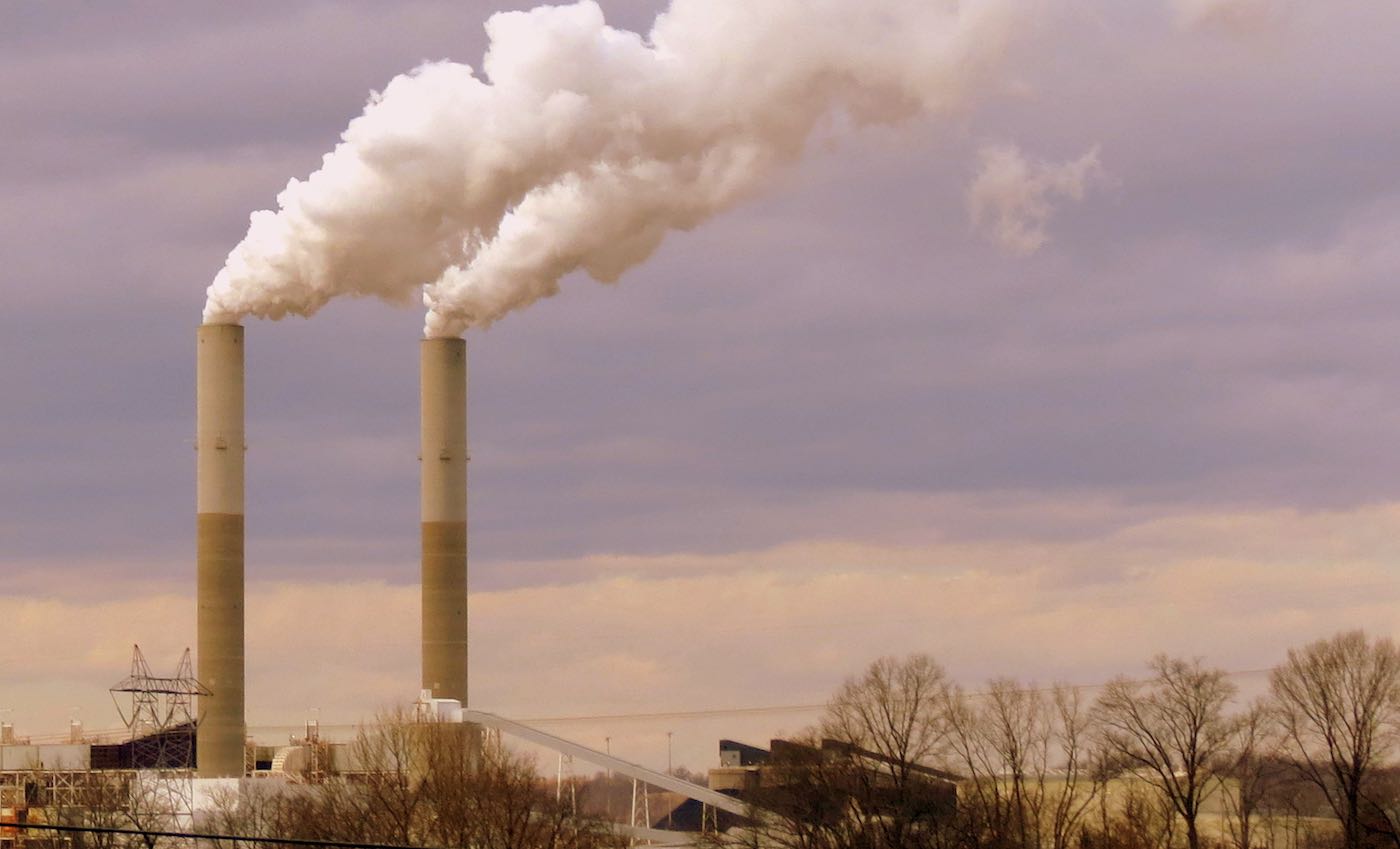Lithium-based battery could make use of greenhouse gas before it ever gets into the atmosphere.
Written by David L. Chandler, MIT News
A new type of battery developed by researchers at MIT could be made partly from carbon dioxide captured from power plants.
Currently, power plants equipped with carbon capture systems generally use up to 30 percent of the electricity they generate just to power the capture, release, and storage of carbon dioxide. Anything that can reduce the cost of that capture process, or that can result in an end product that has value, could significantly change the economics of such systems, the researchers say.
Rather than attempting to convert carbon dioxide to specialized chemicals using metal catalysts, which is currently highly challenging, this battery could continuously convert carbon dioxide into a solid mineral carbonate as it discharges.
The new battery formulation could open up new avenues for tailoring electrochemical carbon dioxide conversion reactions, which may ultimately help reduce the emission of the greenhouse gas to the atmosphere.
The battery is made from lithium metal, carbon, and an electrolyte that the researchers designed. The findings are described today in the journal Joule, in a paper by assistant professor of mechanical engineering Betar Gallant, doctoral student Aliza Khurram, and postdoc Mingfu He.
“Carbon dioxide is not very reactive,” Gallant explains, so “trying to find new reaction pathways is important.” Generally, the only way to get carbon dioxide to exhibit significant activity under electrochemical conditions is with large energy inputs in the form of high voltages, which can be an expensive and inefficient process. Ideally, the gas would undergo reactions that produce something worthwhile, such as a useful chemical or a fuel. However, efforts at electrochemical conversion, usually conducted in water, remain hindered by high energy inputs and poor selectivity of the chemicals produced.
MORE: The Hoover Dam Could Soon Be Turned into a ‘Giant Battery’ for Renewable Energy
Gallant and her co-workers, whose expertise has to do with nonaqueous (not water-based) electrochemical reactions such as those that underlie lithium-based batteries, looked into whether carbon-dioxide-capture chemistry could be put to use to make carbon-dioxide-loaded electrolytes — one of the three essential parts of a battery — where the captured gas could then be used during the discharge of the battery to provide a power output.
This approach is different from releasing the carbon dioxide back to the gas phase for long-term storage, as is now used in carbon capture and sequestration.
Instead, this team developed a new approach that could potentially be used right in the power plant waste stream to make material for one of the main components of a battery.
LOOK: Tiny Wind Turbine That Generates Power From Your Apartment Balcony Wins Dyson Award
While interest has grown recently in the development of lithium-carbon-dioxide batteries, which use the gas as a reactant during discharge, the low reactivity of carbon dioxide has typically required the use of metal catalysts. Not only are these expensive, but their function remains poorly understood, and reactions are difficult to control.
By incorporating the gas in a liquid state, however, Gallant and her co-workers found a way to achieve electrochemical carbon dioxide conversion using only a carbon electrode. The key is to pre-activate the carbon dioxide by incorporating it into an amine solution.
“What we’ve shown for the first time is that this technique activates the carbon dioxide for more facile electrochemistry,” Gallant says. “These two chemistries — aqueous amines and nonaqueous battery electrolytes — are not normally used together, but we found that their combination imparts new and interesting behaviors that can increase the discharge voltage and allow for sustained conversion of carbon dioxide.”
They showed through a series of experiments that this approach does work, and can produce a lithium-carbon dioxide battery with voltage and capacity that are competitive with that of state-of-the-art lithium-gas batteries. Moreover, the amine acts as a molecular promoter that is not consumed in the reaction.
CHECK OUT: In ‘World First’, Ultra-Cheap Printable Solar Panels Are Launched in Australia
Carbon capture is widely considered essential to meeting worldwide goals for reducing greenhouse gas emissions, but there are not yet proven, long-term ways of disposing of or using all the resulting carbon dioxide. Underground geological disposal is still the leading contender, but this approach remains somewhat unproven and may be limited in how much it can accommodate. It also requires extra energy for drilling and pumping.
The researchers are also investigating the possibility of developing a continuous-operation version of the process, which would use a steady stream of carbon dioxide under pressure with the amine material, rather than a preloaded supply the material, thus allowing it to deliver a steady power output as long as the battery is supplied with carbon dioxide
Ultimately, they hope to make this into an integrated system that will carry out both the capture of carbon dioxide from a power plant’s emissions stream, and its conversion into a material that could then be used in batteries.
Reprinted with permission from MIT News – Photo by TVA Cumberland Power Plant, CC license
Power Up With Positivity And Share The Breakthrough With Your Friends




















